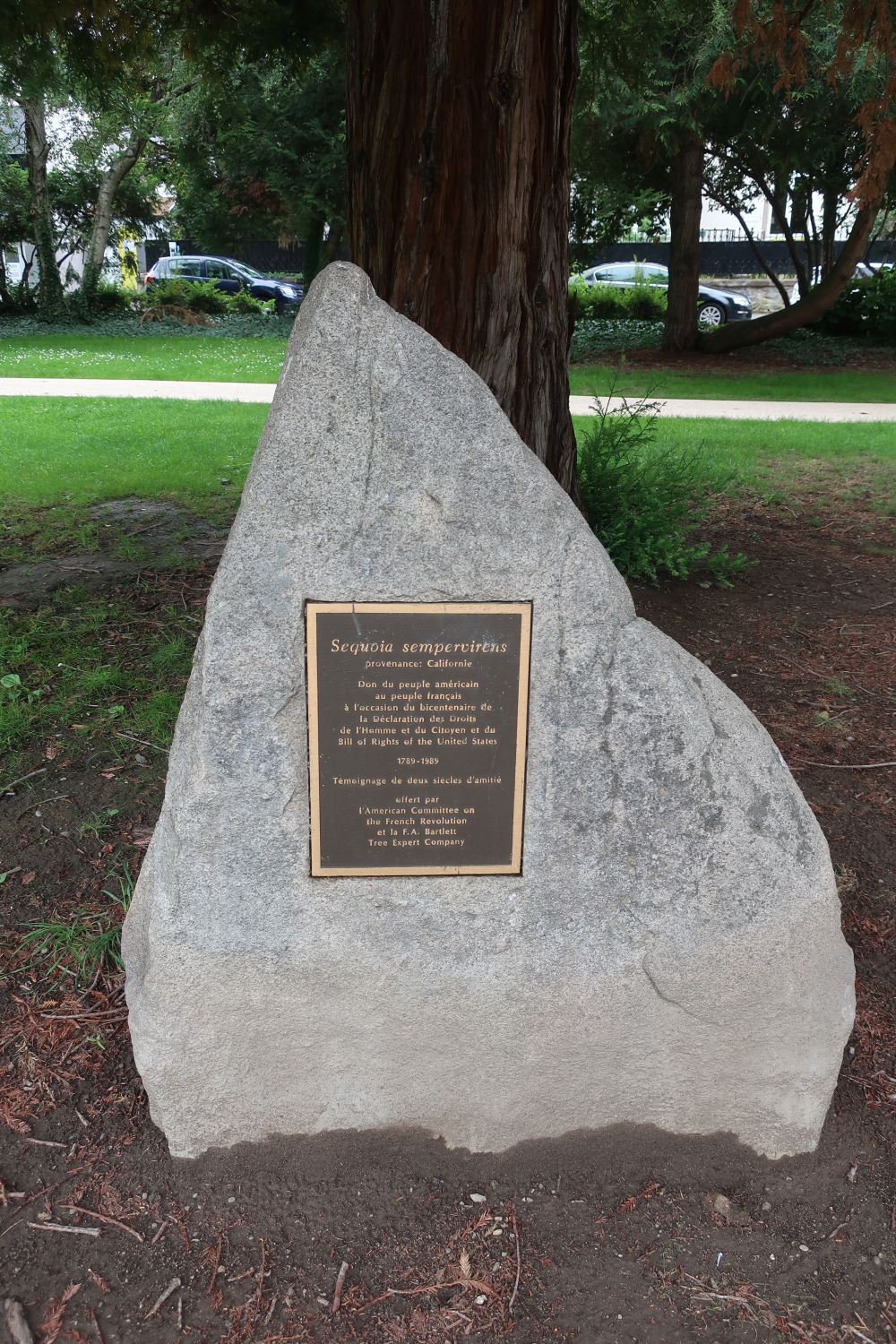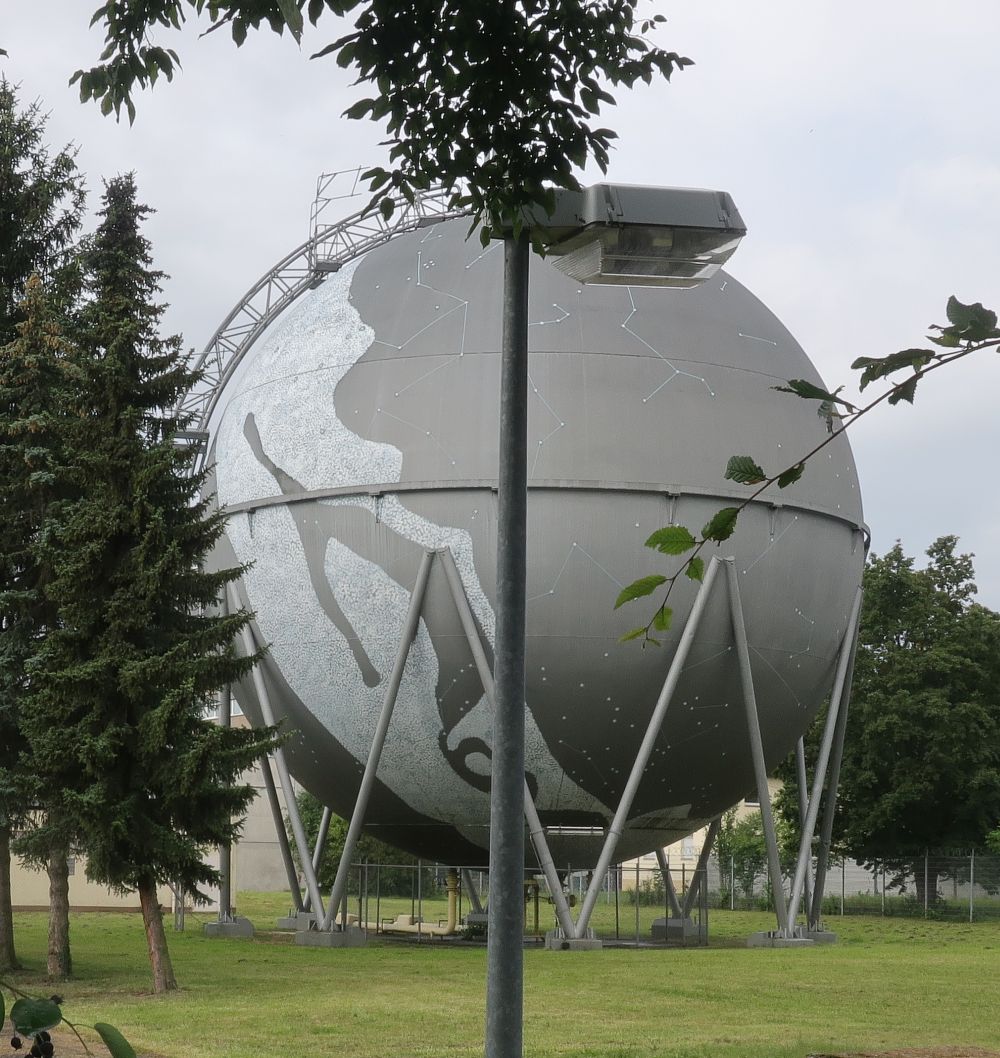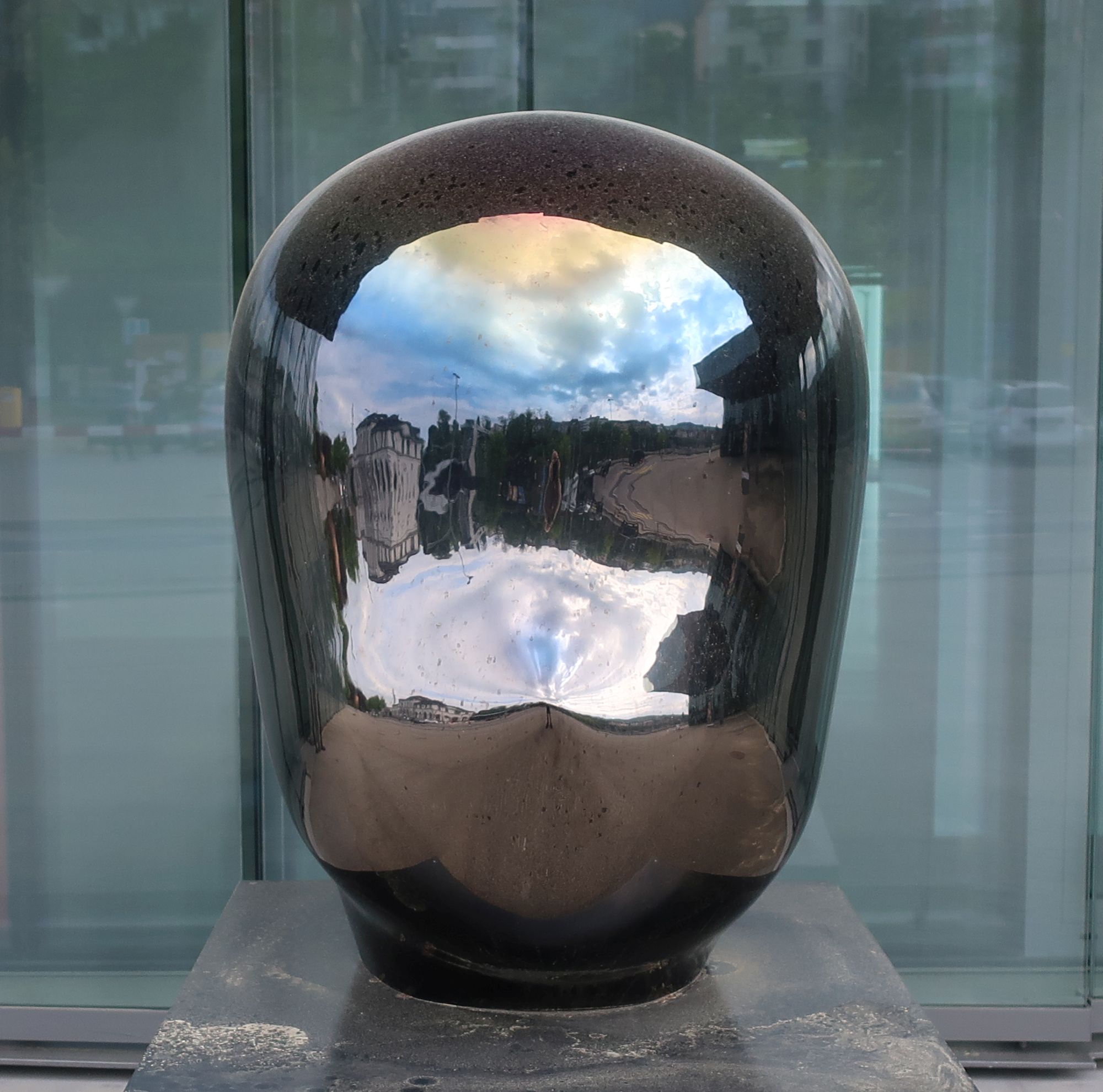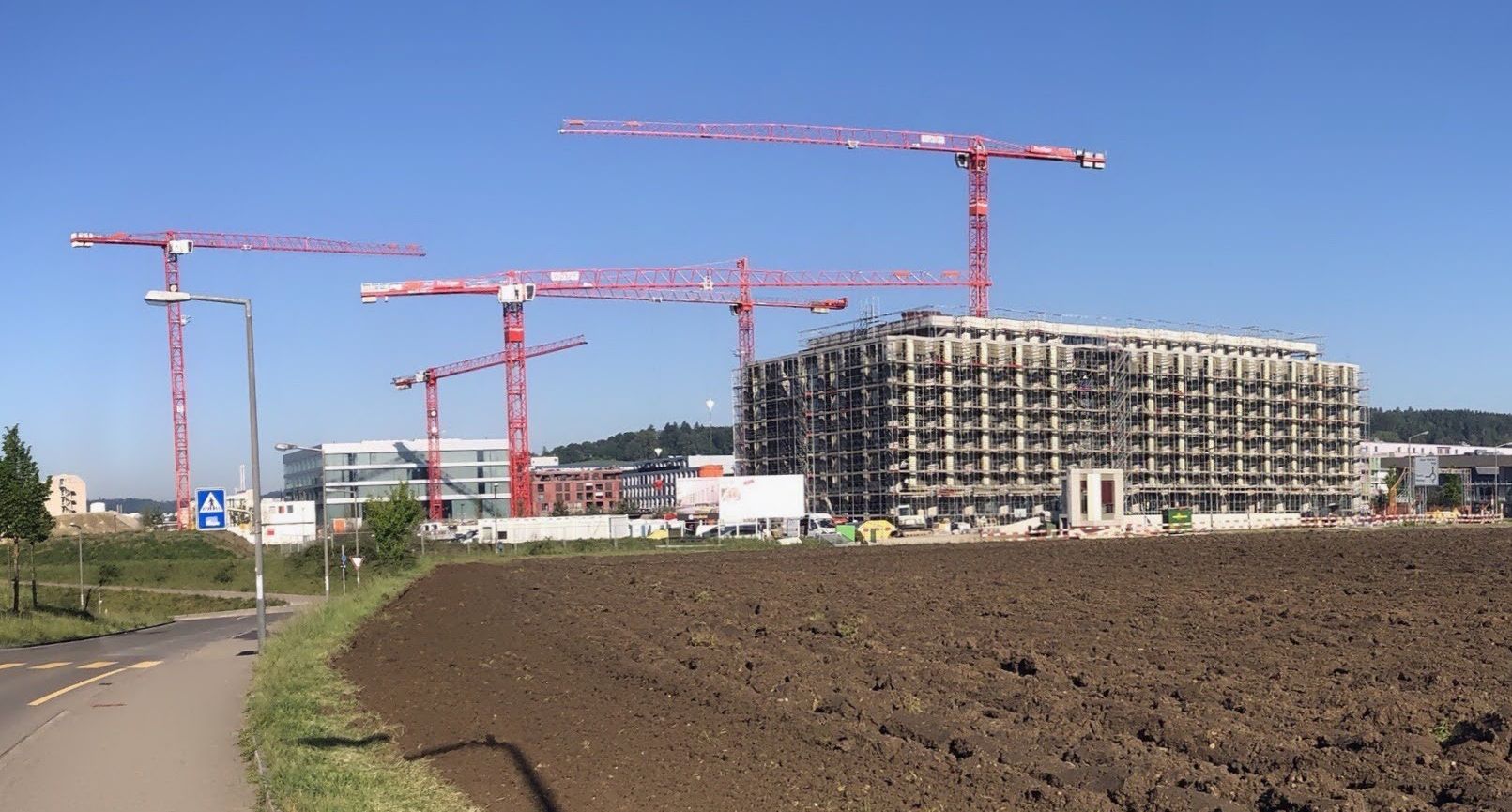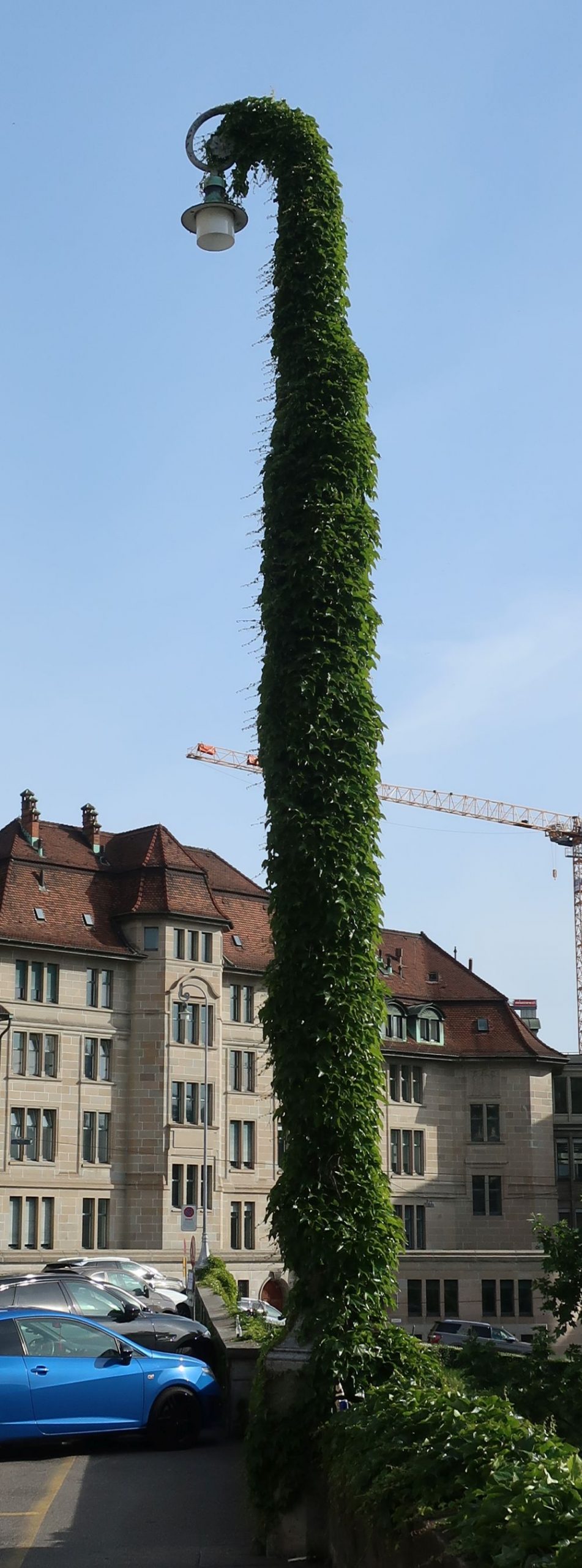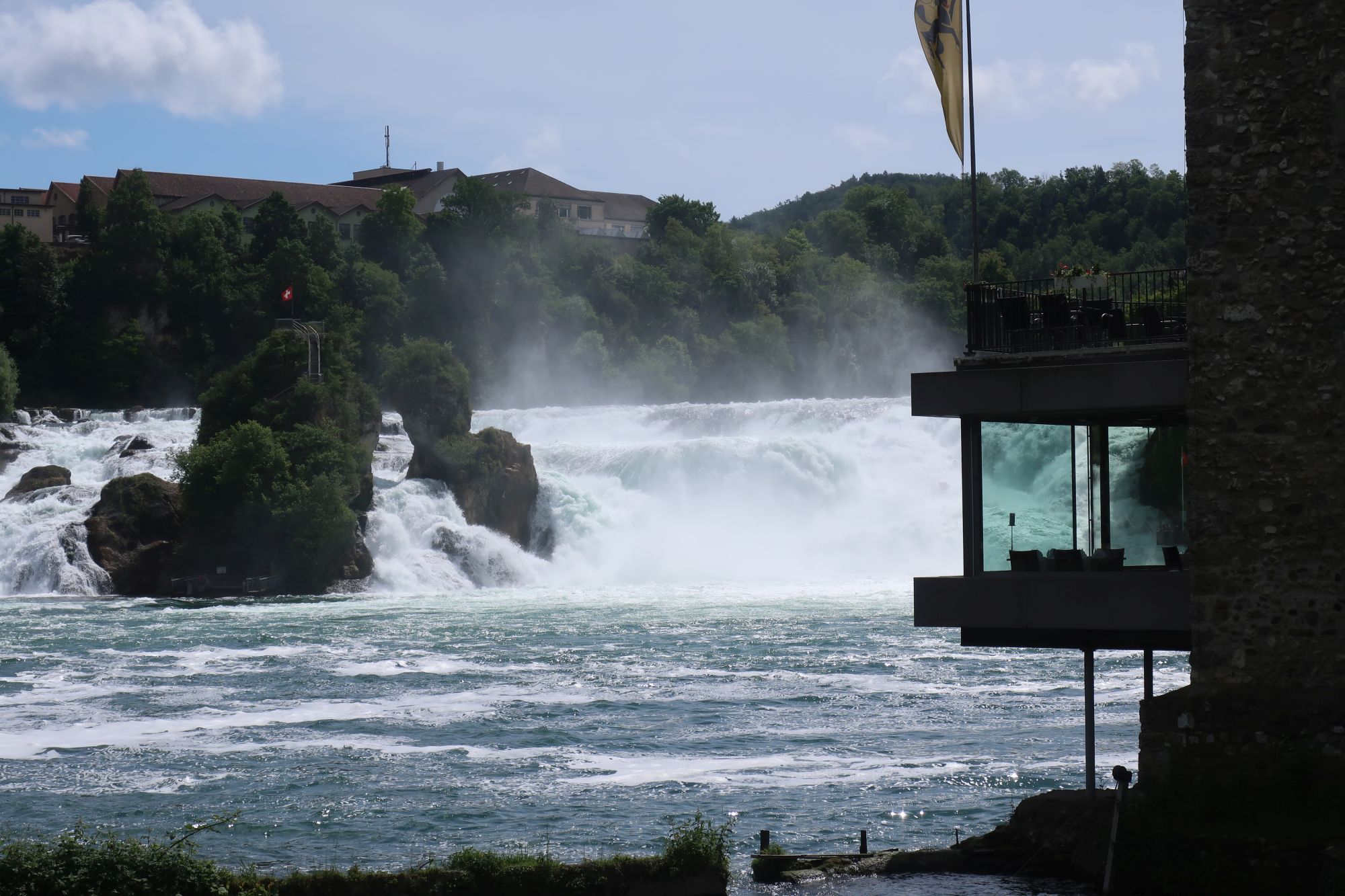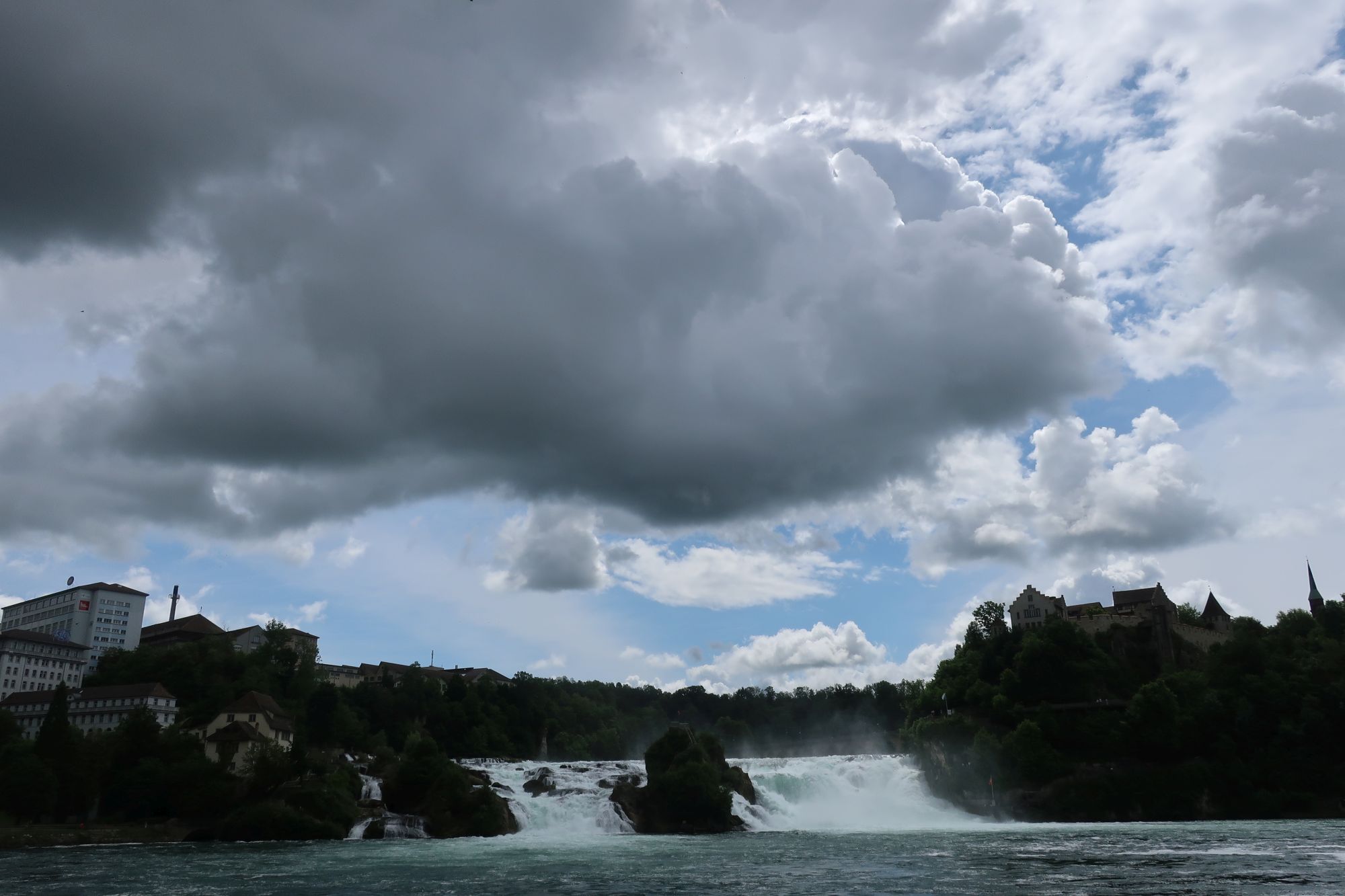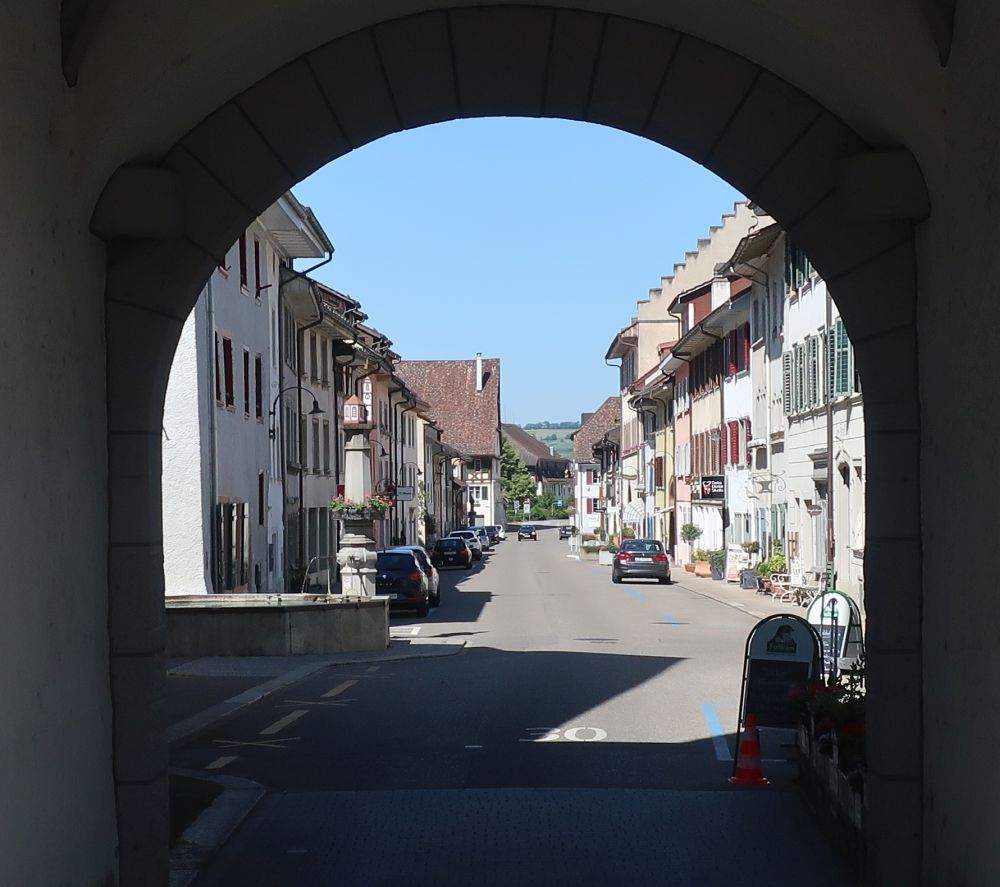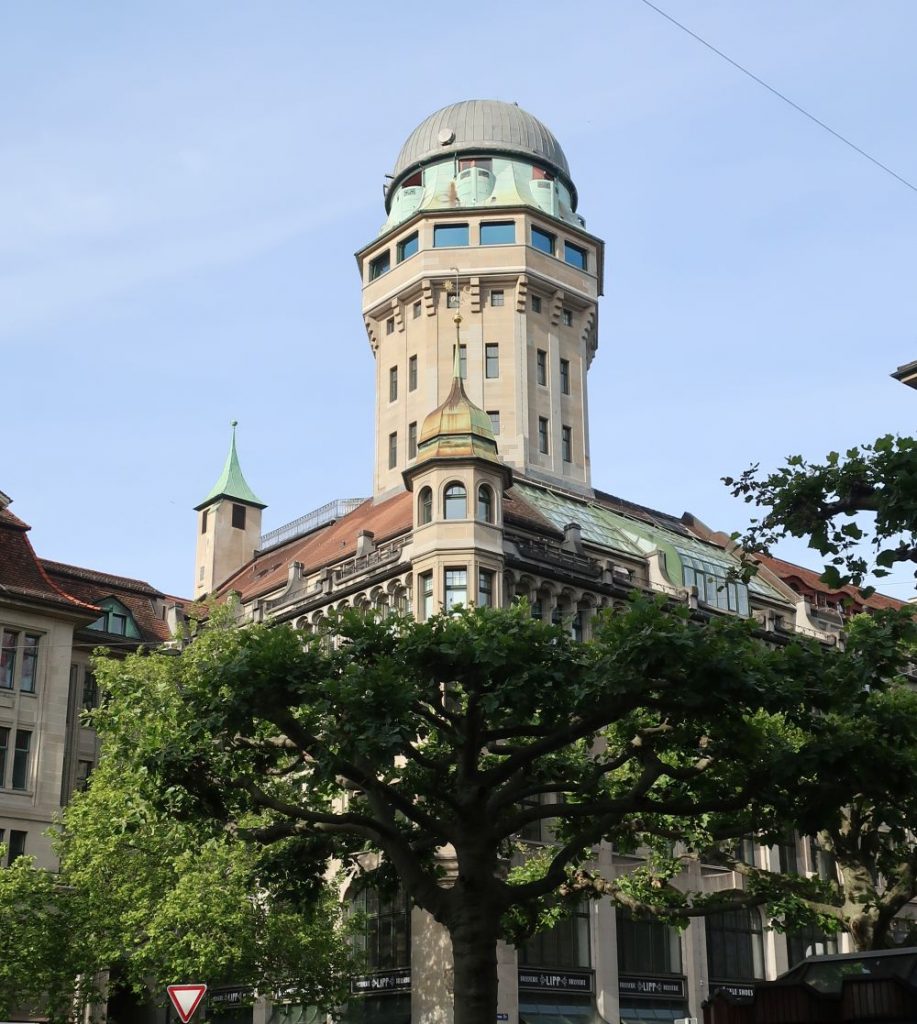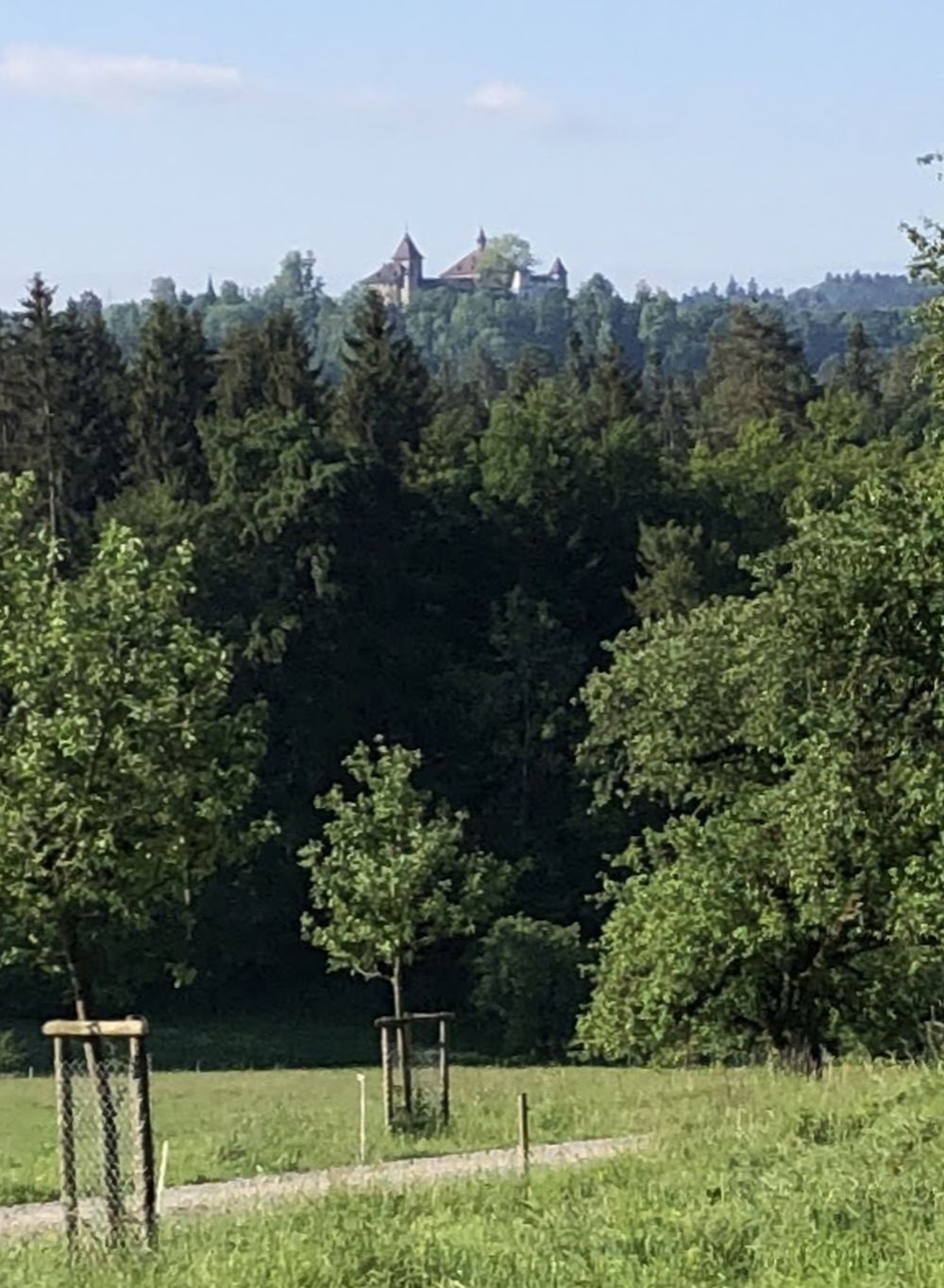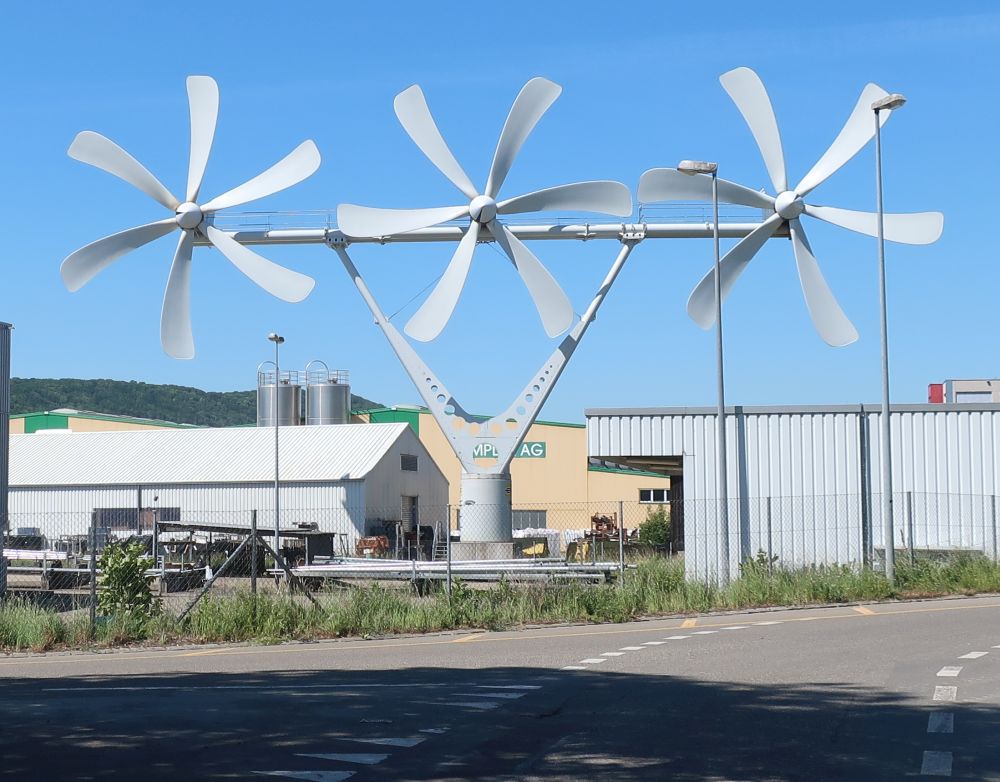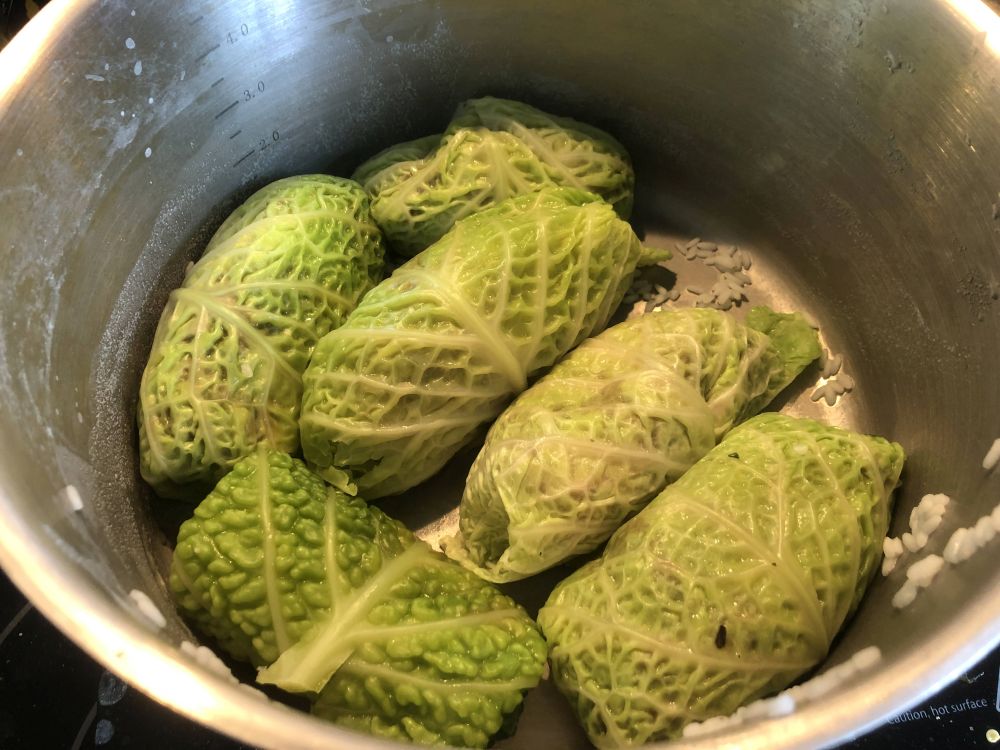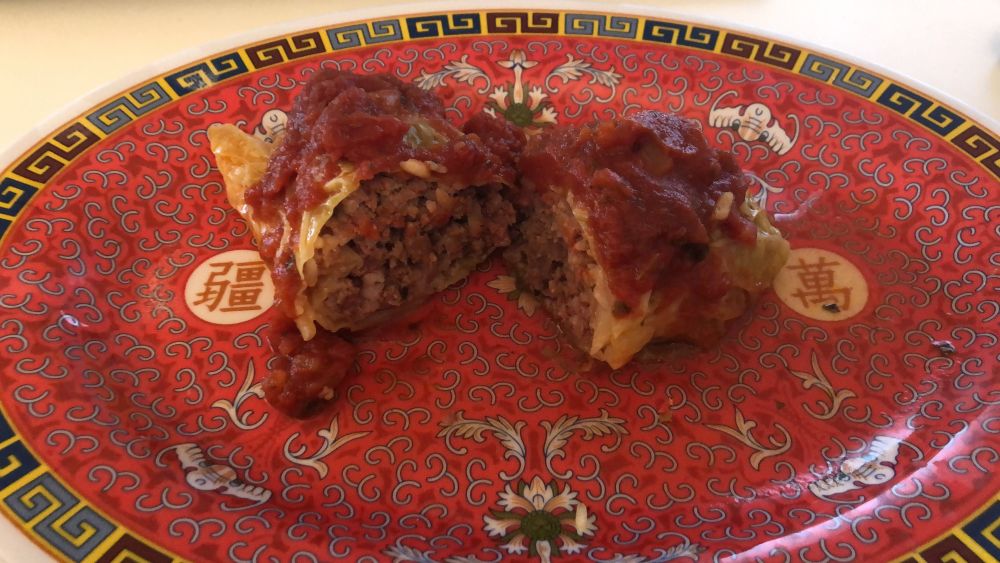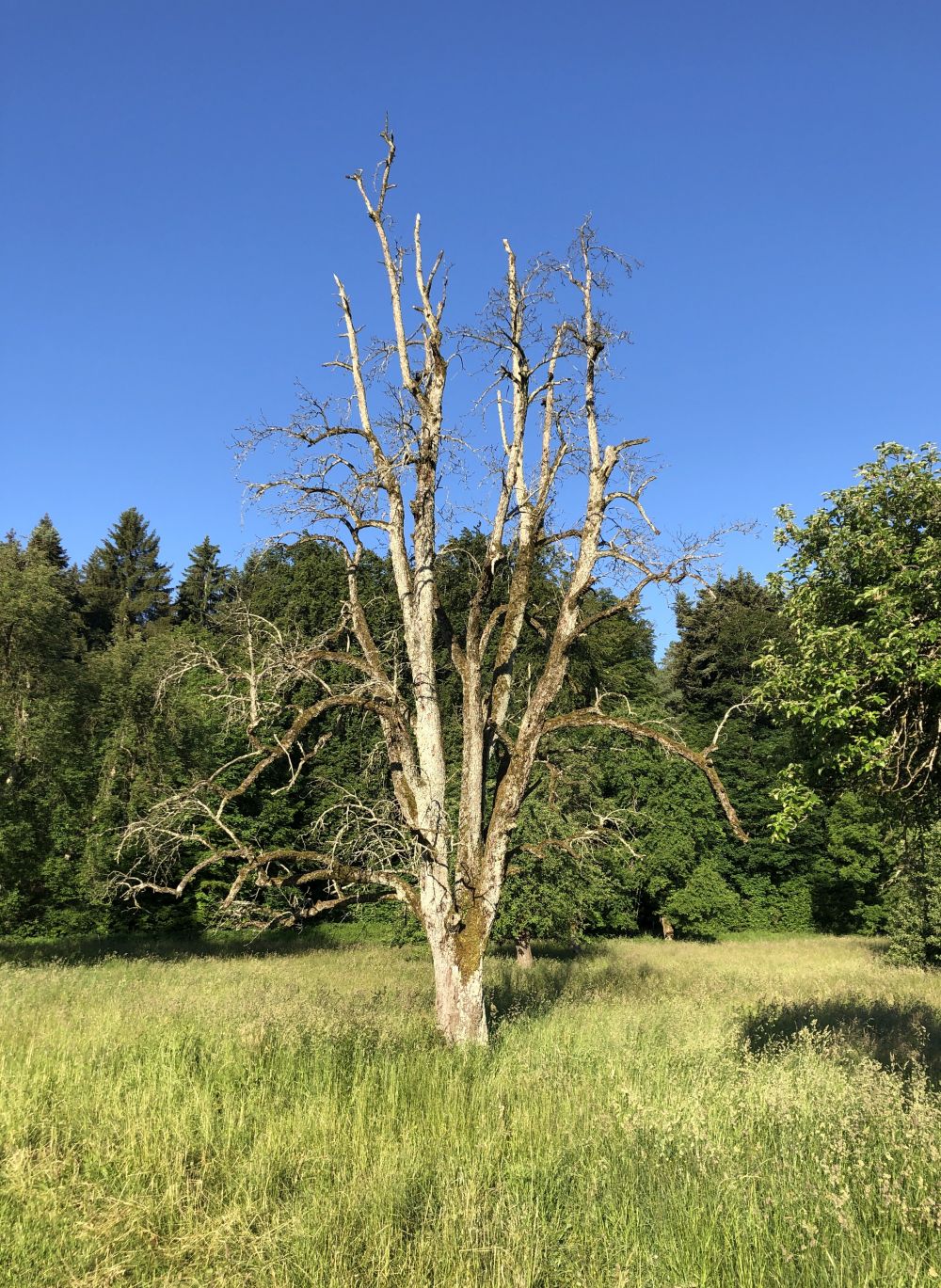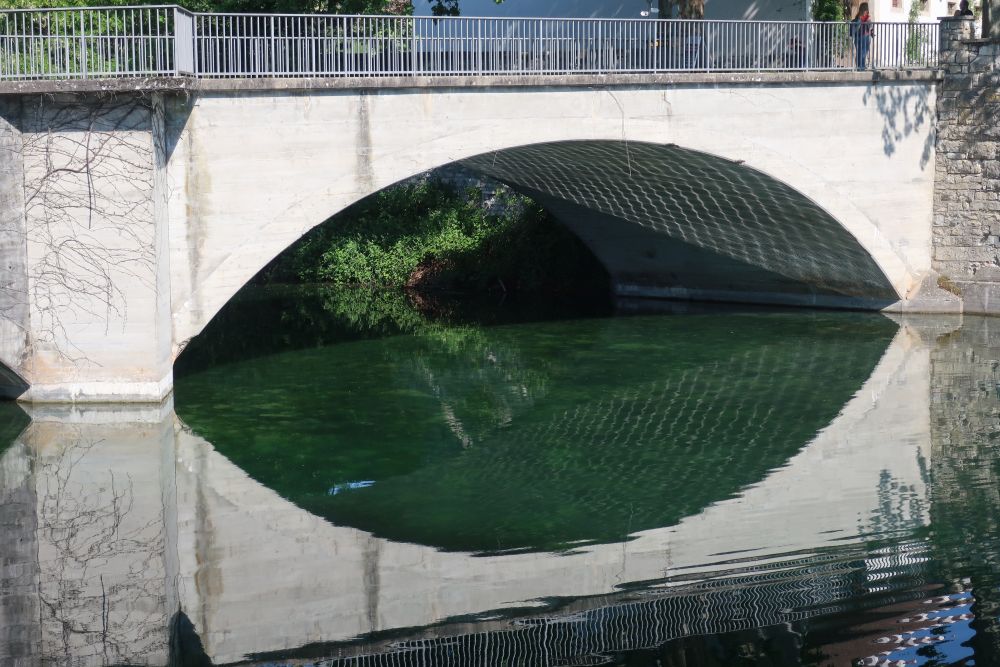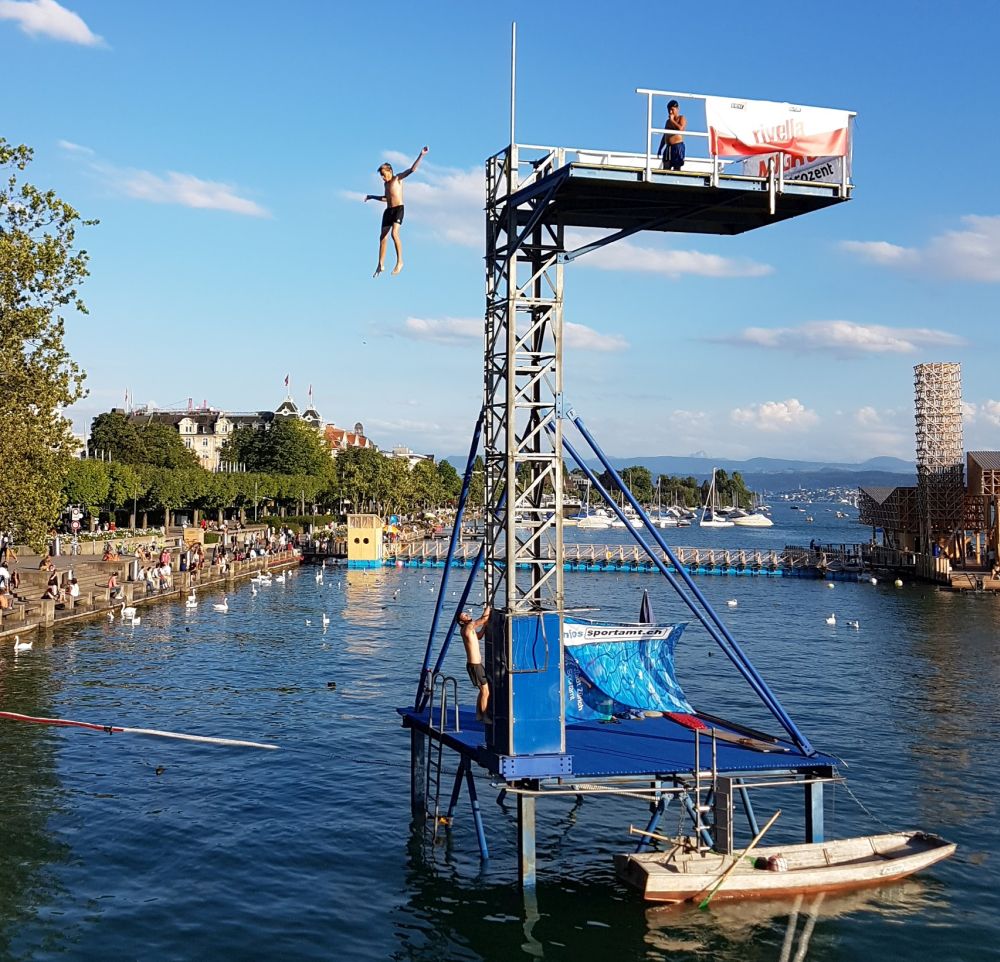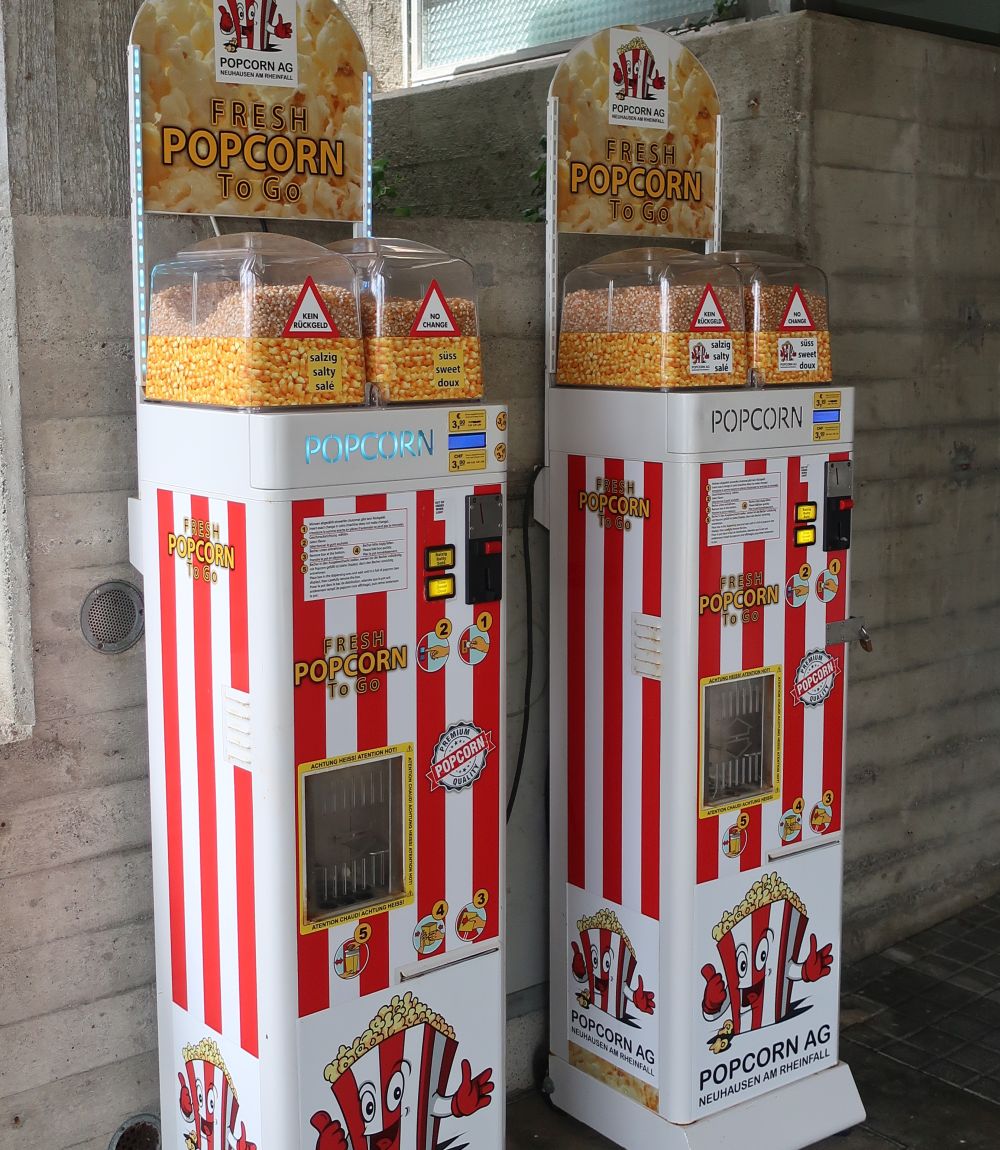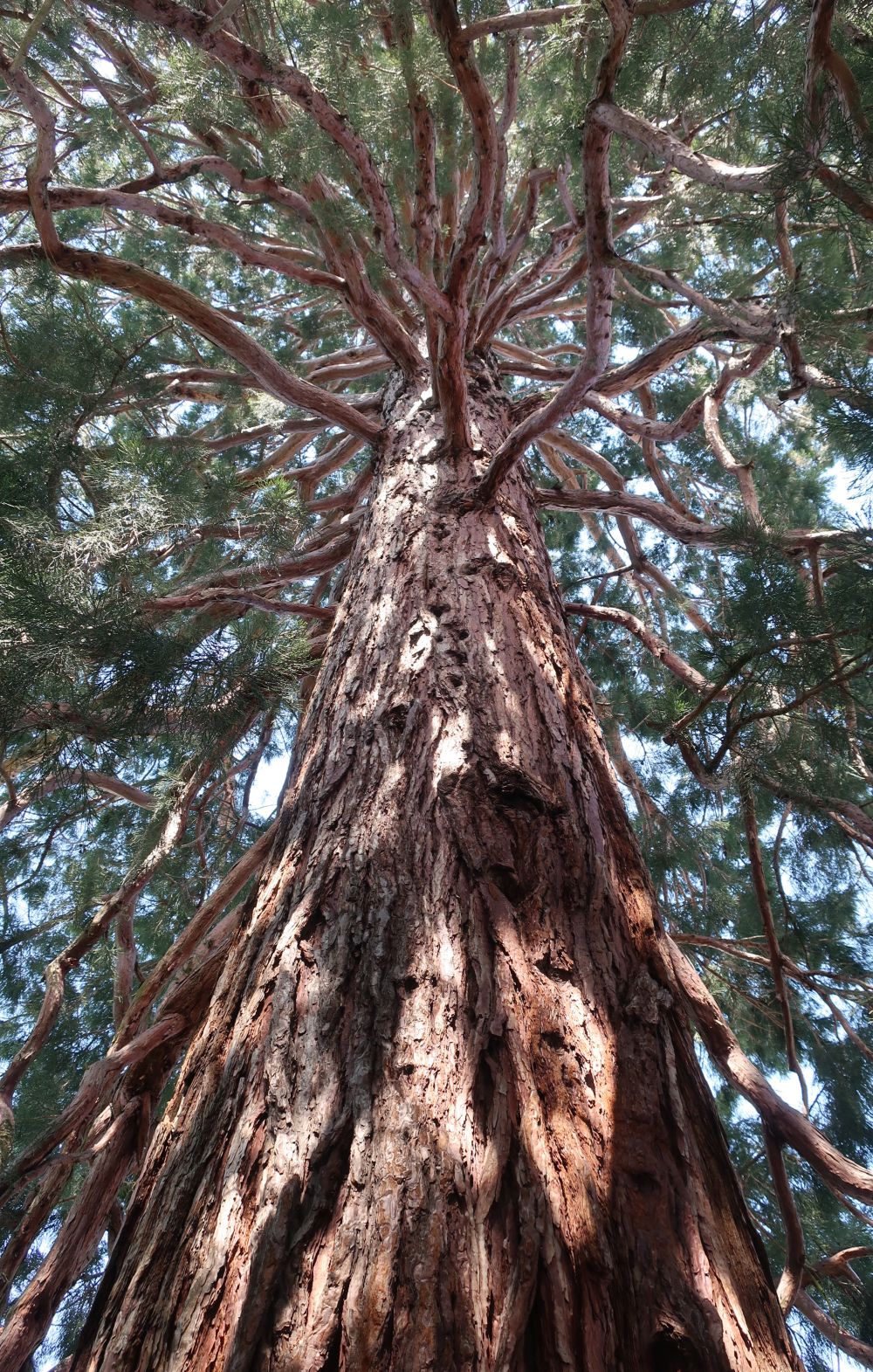Continuing the series . . .
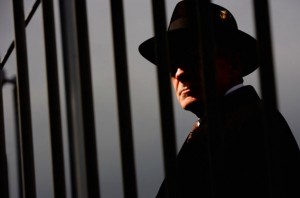 I’ve mentioned before that one of my more unusual friends is a man I only know as Mr. Tradecraft.
I’ve mentioned before that one of my more unusual friends is a man I only know as Mr. Tradecraft.
And I’ve probably also mentioned that my father is an active professor in Texas.
For the record, my father has never had a business that takes him across the world, he’s never made money trading and selling certain difficult-to-track items to people in small African countries with less-than-stable governments. And those items (if they were to exist, which certainly they don’t) would certainly never be items that, shall we say, might have certain unpleasant consequences for some people. Enough said.
After one of his most recent trips to Corsica – which of course never happened – my father told an interesting background story of seeing friend Mr. Tradecraft with another and more well-known personality, Gabriel Allon.
Gabriel wasn’t enjoying the night ferry ride to Corsica. The weather was chilly and rainy, the sea choppy, which meant staying in the lounge. Cautious out of habit, he wasn’t concerned about the other passengers. There was not much traffic to Corsica in this weather. But he was concerned about how Don Orsati would meet with his proposal.
There was one unusual passenger that troubled Gabriel. Medium height but wide, he was wearing a fedora hat that was pulled down over his eyes. Yet Gabriel had the feeling he was watching him. But every time Gabriel glanced his way, he was engrossed in a copy of Le Monde.
 The ferry horn sounded, he felt the deck shift as it slowed. Gabriel closed his case and buttoned the coat around his neck, leaving him free to go for his Beretta if needed. Just habit, as Don Orsati generally kept the peace in Corsica for his guests.
The ferry horn sounded, he felt the deck shift as it slowed. Gabriel closed his case and buttoned the coat around his neck, leaving him free to go for his Beretta if needed. Just habit, as Don Orsati generally kept the peace in Corsica for his guests.
He stepped onto the dock, and headed off in the direction of the small hotel, ignoring the waiting taxi. The walk wasn’t far and his appointment with the Don was in the morning; he planned on supper and on a good night’s rest.
Out of habit, he glanced over his shoulder and noticed that fedora-topped stranger moving the same way. Just as he turned left onto the darkened plaza, he caught movement out of his eye and saw the flash of a knife. No time for the Beretta, he threw up the case as protection, and saw a dark clad figure attempting another stroke. The knife flashed again, and Gabriel battered at him with the case. But another shadow appeared, there was a grunt, and the knife wielder fell. Gabriel stepped back and there was the fedora man, with his foot on the head of the would-be assassin. He looked at Gabriel – “You’re getting slow, Mr. Allon. After all, we are in a red zone”.
Gabriel was at a loss, but the stranger spoke: “Even under the Don’s protection you may be in a red zone. This imbecile just assumed you were an easy target. He’ll be out for a bit. I’ll call the Don from the hotel for a clean-up. He doesn’t like competition. Don’t look so surprised. Go check in to your room and buy me a drink in the café. After all, I did just save your life.” Then he moved past Gabriel toward the hotel.
By the time Gabriel entered the lobby, the stranger was gone. He checked in, left his case in the room, checked the Beretta once more and headed for the small café.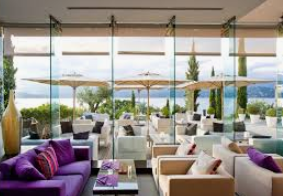
The stranger was already there, with a bottle of the island red wine. He stood and offered his hand. “Much less excitement in here, Mr. Allon”.
“How is it”, asked Gabriel, “that you know my name and I have no idea who you are”.
“That, Mr. Allon”, said the stranger, “is how I stay alive in a dangerous business. By the way, the Don was extremely upset about what happened, so I don’t know what will happen to your would-be attacker. Nothing pleasant, I expect. But be more cautious making your travel arrangements. You’re too well known.”
Gabriel looked perplexed. He asked – first in German, then in French, then in Arabic – if his host would identify himself. The stranger said “it’s not necessary” in all 3 dialects. In German, he said “I’ve worked in many countries”, and in French “and used different names in each”. Finally in Arabic: “I find that names are too easily remembered, or written down. For that same reason I avoid cameras.”
Switching back to English, Gabriel said “you know I’ve worked with the Brits and the Americans. From your accent, you’re one or the other.”
“Perhaps – or some other – there are so many” said the stranger. “Permanent allegiance doesn’t work well in Intelligence work. One gets caught in politics. And no matter your allegiance, you must work off the grid, have a dozen passports, and no idiot control officer. So I sell the one commodity I have the most of – my Tradecraft.
You see, Mr. Allon, the intelligence world is too full of gadgetry now. It makes agents lazy, encourages putting untrained agents out in the street, where they get killed. They have the gadgets – what they don’t have is Tradecraft. Even your nation, small as it is, relies heavily on electronics. So — I know your name, you don’t know mine.”
“But now I’m in your debt”, said Gabriel, “and a debt paid must be paid to someone.”
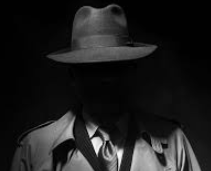 The stranger smiled: “Then call me Mr. Tradecraft. It’s the one commodity left in the Intelligence world that doesn’t use batteries – and a dying art. Even you, and your friend Eli, are probably the only real intelligence operatives in the. . . . Sorry, slip of the tongue.”
The stranger smiled: “Then call me Mr. Tradecraft. It’s the one commodity left in the Intelligence world that doesn’t use batteries – and a dying art. Even you, and your friend Eli, are probably the only real intelligence operatives in the. . . . Sorry, slip of the tongue.”
The stranger refilled their glasses. “You see, the whole alphabet of acronyms — CIA, MI5, FBI, NSA – rely on gadgetry. But some tasks – as you well know – require a human being going somewhere and getting something. So, given that our art is dying, there is a market for an aging operative who stills know how.”
“So”, said Gabriel, “you work for anyone?”
“No, Mr. Allon, I am picky about clients and their tasks. I don’t like communists, jihadists, or oligarchs. I don’t pretend to work on the side of the angels, but I avoid the devil. People who have used my services – they know how to call for me.”
“I’m surprised”, said Gabriel, “that we have never met before – or that I have never heard of you.”
The stranger laughed. “Come now, Mr. Allon. When you hear of me – when I don’t want you to – I’ll retire. Organizations of politicians don’t admit use of contractors. That implies their own ineptness. But we have met before – only indirectly. Your pals at MI6 and CIA give you information. They identified Tariq and they identified the Sphinx to you. Did you question where they got it? Do you actually think THEY obtained it on their own? Ponder this — if they could obtain it on their own, why call you to bail them out? I find out things for them, and they have friends like you to do the exercises. And I leave no tracks where I’ve been. Tradecraft, you see. We all win.”
Gabriel’s eyes narrowed a bit. Tariq and the Sphinx were closely held information. “And yet here you are, on the island of the king of the assassins”.
“Of course”, said the stranger, “it’s cheap at the price. I don’t do assassinations, it doesn’t fit my mold. But the Don – to ply his trade – is an expert at finding people. Since I work alone, I use him to locate those who have information I need. In fact, I get a good rate since I don’t require blood proof. ”
The stranger stood and stretched. “Well, this has been quite nice, but I have an early appointment with the Don. I hope your own business goes well. Stay alert. Perhaps we’ll meet again.” And he reached over to shake Gabriel’s hand, turned and was gone.
Gabriel finished his wine, and then headed for his room. If this man was what he said he was, he might or might not be an ally, but he didn’t seem eager to leave an address. He fell asleep wondering why the stranger shared some thoughts.
The next morning, he washed, packed, and went downstairs to have coffee, pay his bill, and wait for Don Orsati’s driver. As the clerk riffled through bills, Gabriel turned the guest register around, to see what name he was using. His own name was the only one there. Gabriel knew that Don Orsati would never talk about his other clients – might even be hostile. And Gabriel remembered Mr. Tradecraft’s words: “I leave no tracks where I’ve been”.
Chuck Ritley is an adjunct professor of computer science with several major universities in the San Antonio area, and the orchestrator of the Uncle Eddy persona.
Here are the links to my father’s other blogs on my website:
Reflections of a Valley Guy – Part 1: “The Way It Was”
Reflections of a Valley Guy – Part 2: “First Wave of Characters”
Reflections of a Valley Guy – Part 3: “Evolution of the Geek”
Reflections of a Valley Guy – Part 4: “When Giant Frys.com Sold Pork Chops”
Reflections of a Valley Guy – Part 5: “Mr. Yee and the Albrae Street – Taiwan Connection”

